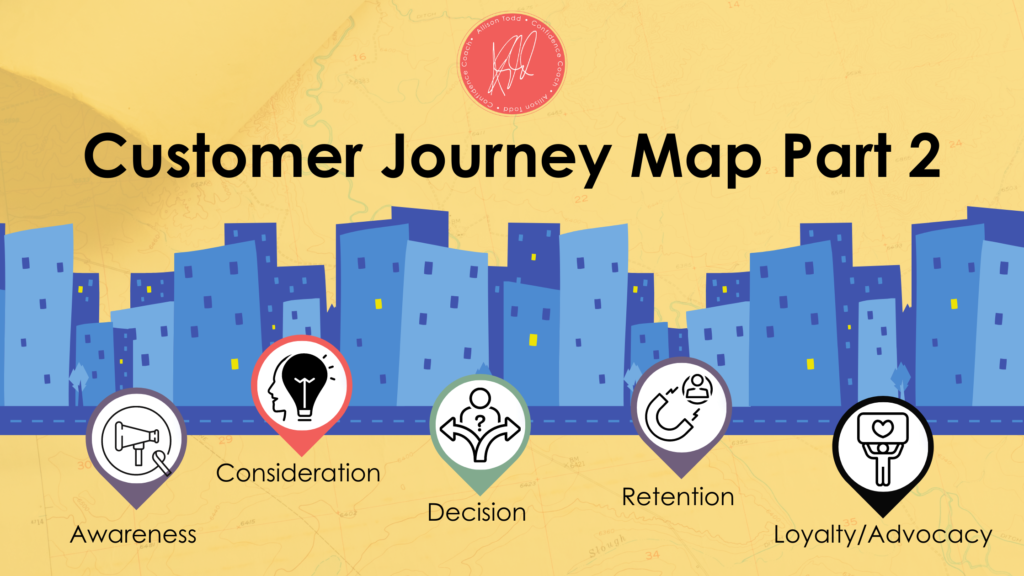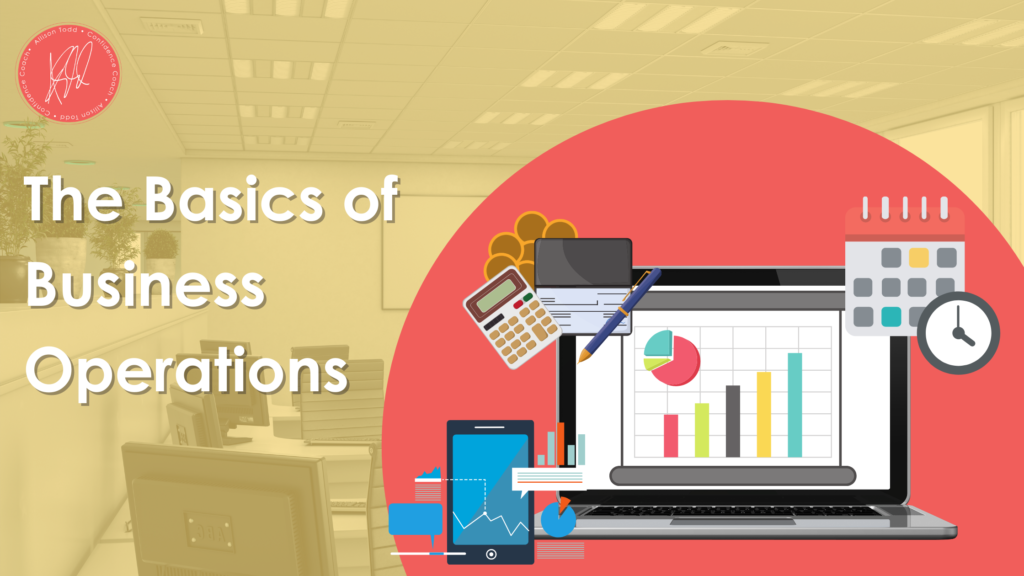Why You Should Always Look For New Clients
If you’re in the middle of a successful season in your business, you may find yourself coasting along and neglecting prospecting for new clients. After all, it’s only natural that you don’t feel the need to look for future customers when you have plenty of work. It simply doesn’t feel necessary when you’re up to your ears at work!
In reality, you should always be on the lookout for new clients even when you’re busy and your books are full. Why? Because finding and nurturing clients requires time and proven methods so by the time you’re needing them, it’s too late to start if you’re behind the ball.
You may be busy right now but you can also bet there are people out there, right now, who need and want the services you offer and are a perfect match for your business. Now is the time to connect with people online and start interacting with them.
Another reason to always be on the lookout for clients is the likelihood that, at some point, you’re going to lose a client that you depend on. What would happen to your business if you lost one of your biggest clients? Would you be able to manage the gap in income? Do you have prospects to pursue if you need to bring in more revenue?
So, how do you maintain your current business while always looking for more? The key is being organized. Here are three easy tips you can use right away:
- – Come up with a strategy for finding new clients and then systematize it so you don’t have to think about it.
- – Create regular content to post on other people’s blogs as well as your own.
- – Search regularly for new people to connect with on social media.
Take these tips or choose a few simple strategies of your own for finding new clients that you can do on an ongoing basis while still performing work for your current clients. Then, spend a bit of time each day on client acquisitions using your chosen strategies. By investing even just a half-hour into this goal daily, you’ll be on your way to stockpiling your leads for a rainy day.


















